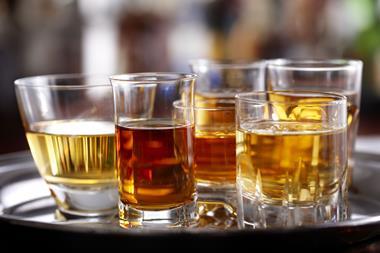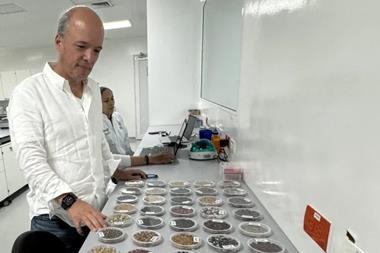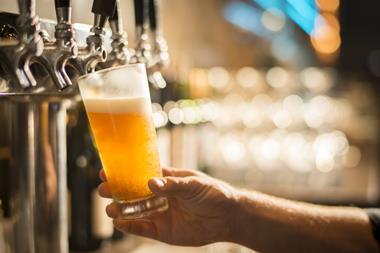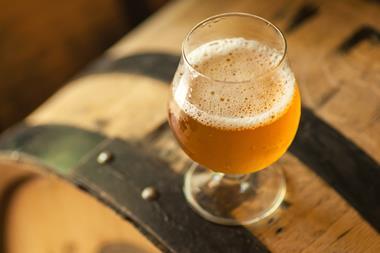Belgian scientists have developed artificial intelligence (AI) models that can predict the taste and quality of a given beer and even identify which flavour and aroma compounds can be added to improve it. Beyond beer, the team from KU Leuven suggests that its machine-learning tools could revolutionise the food and beverage industry.

The researchers analysed 22 different types of 250 commercial Belgian beers, measuring more than 220 distinct chemical properties, including alcohol content, iso-alpha acids, pH and sugar concentration, as well as over 200 flavour and aroma compounds.
The team then linked these chemical properties that they characterised to descriptive sensory data from a 16-person in-house trained tasting panel and to data from over 180,000 reviews from beer aficionados.
Many guides on the market describe beers with generic terms like ‘fruity’, and rate them based on the subjective taste of panellists. ‘This makes beer comparisons highly biased and makes it difficult to predict how a beer actually tastes,’ said Kevin Verstrepen, a microbial and plant geneticist at KU Leuven who led the work and also directs the Leuven Institute for Beer Research. ‘I wanted to have a more neutral and scientific description for the different beers in the world.’
After about five years of work, Verstrepen’s team was able to use its large dataset to train machine learning models to correlate and predict flavour and so-called ‘consumer appreciation’ from the chemical profile of the beers in the study. Then, the researchers used their model’s predictions to modify both alcoholic and non-alcoholic beers and found that they could accurately predict flavour and final appreciation score without using human tasters.
Overall, adding certain compounds predicted by the model enabled the team to create beer that scored significantly better in blind tastings.
‘We looked at which flavour compounds the models deemed important for appreciation,’ recounts Michiel Schreurs, the study’s lead author who is a PhD student in Verstrepen’s lab. ‘Then we added those to the actual beer and we tested this with our tasting panel, and indeed our panellists preferred the modified beer over the original – that went for alcoholic and non-alcoholic beers.’
Beyond beer to the food industry
Beyond improved beer manufacturing, the KU Leuven team wanted to show the potential of these tools for the broader food and beverage industry. ‘The approach would work for any kind of processed foods,’ Schreurs says. ‘If you were making cookies, for example, in theory you could just as well have people taste the products and then train a model and see if you can change settings a little bit to produce better flavoured cookies.’
But ultimately, he is confident that such machine-learning models won’t make tasting panels obsolete anytime soon. ‘For sure you will still need to do other quality control, but I’m convinced that it can at least assist quite a lot there, and it can probably catch things before we notice it,’ Schreurs says. ‘These computers can sometimes see patterns; they can track hundreds of parameters at the same time so they can notice things going wrong long before we realise that something is happening.’
David Soulsby and Teresa Longin, chemists at the University of Redlands in California who weren’t involved in this study but have analysed the chemistry underway during sour beer brewing, are enthusiastic about the research and its findings. ‘The Belgian team deserve plaudits for their extraordinary and rigorous efforts that combined vast amounts of chemical, sensory and review data to analyse the very complex problems of what makes us appreciate beer,’ they state.
Soulsby and Longin note that different components of beer and their relative amounts interact with each other in complex ways that can lead to very different sensory outputs. ‘Using machine learning/AI to untangle these complex systems and relate that to a sensory experience provides a valuable tool that has important implications,’ they note.
Soulsby and Login agree that an appropriately trained AI with reliable chemical and sensory inputs could benefit the food industry by providing information on how new ingredients can change the sensory profile of a product.
References
M Schreurs et al, Nat. Commun., 2024, 15, 2368 (DOI: 10.1038/s41467-024-46346-0)

















No comments yet